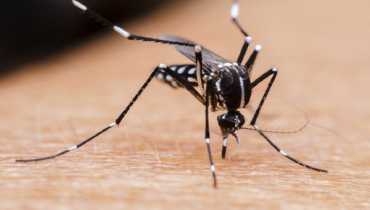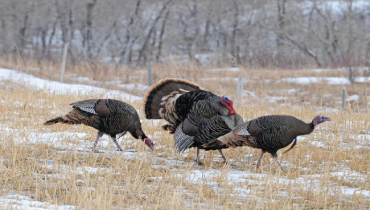There are nearly one million positive cases of Lyme disease in dogs every year. Lyme disease is transmitted through bacteria from
Learn moreMosquito Joe® Blog
Shared Resources for Your Pest Control Needs

EPA PESP Gold Member Status: A Milestone in Environmental Stewardship
We’re thrilled to announce that Mosquito Joe has achieved Gold Status within this program, a prestigious recognition reserved for “outstanding environmental stewards.
Showing 28 Results for Tick Control
Mosquitoes and ticks probably affect your camping and picnic plans during their most active seasons.
Learn moreAs you may have read from previous articles, ticks are one tough insect. They can survive submerged in water for up to 72 hours (a
Learn moreWith Thanksgiving approaching, you may be thinking more about turkeys than you normally do. And all this thinking about turkeys ma
Learn moreAs temperatures plummet and snow flurries fly, some critters head south, and others burrow down to hibernate. What about ticks? Where do they go?
Learn moreDid you find an unwanted friend during your post-hike tick check? Don’t panic! Staying calm is essential as you properly remove the tick.
Learn moreBlog Category
About Mosquito Joe®






.webp)